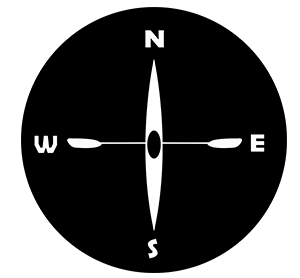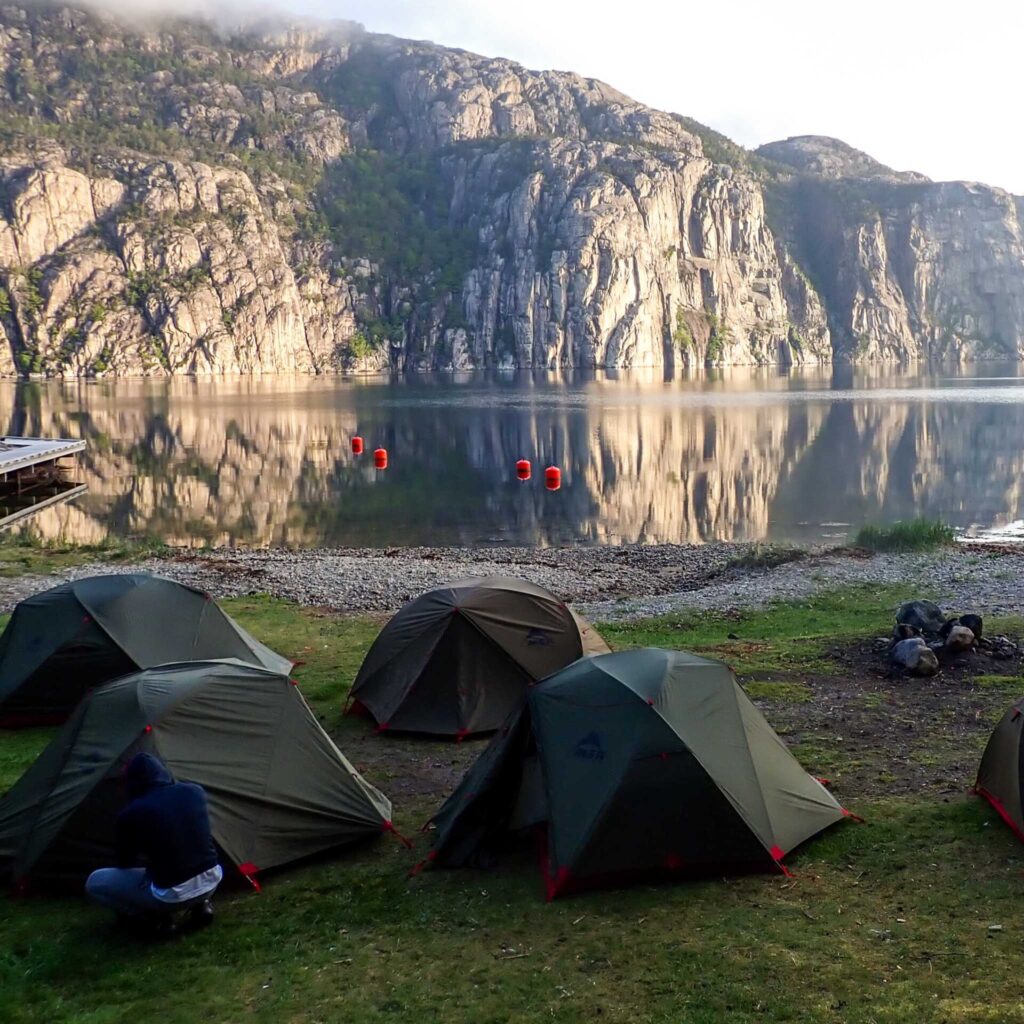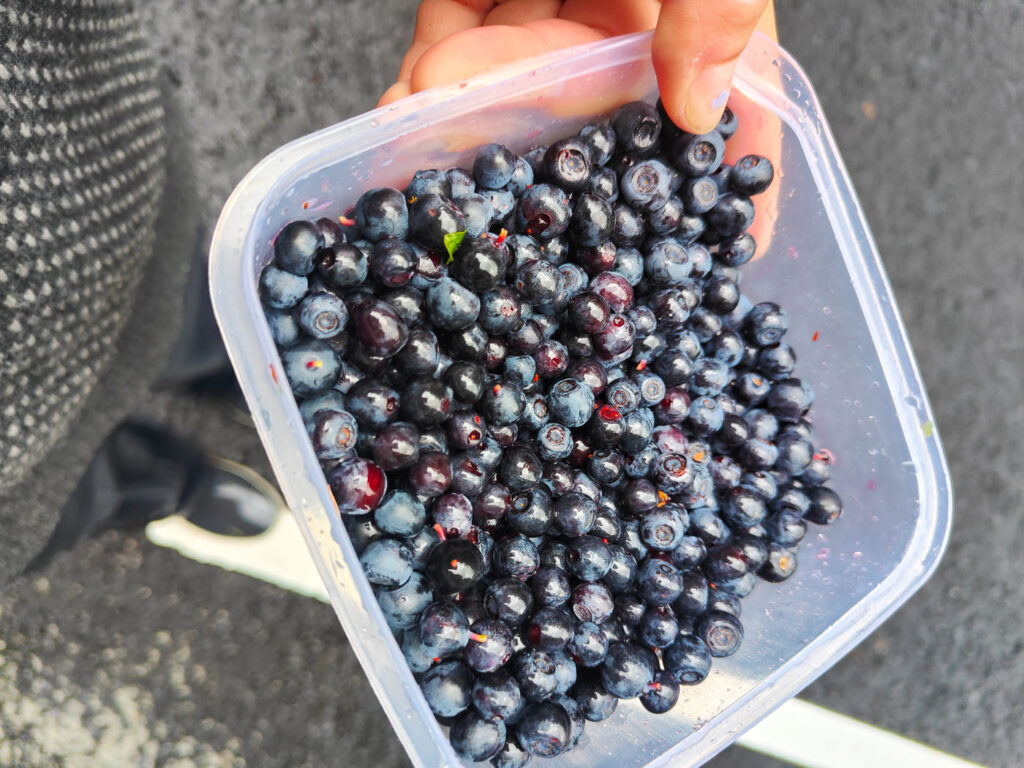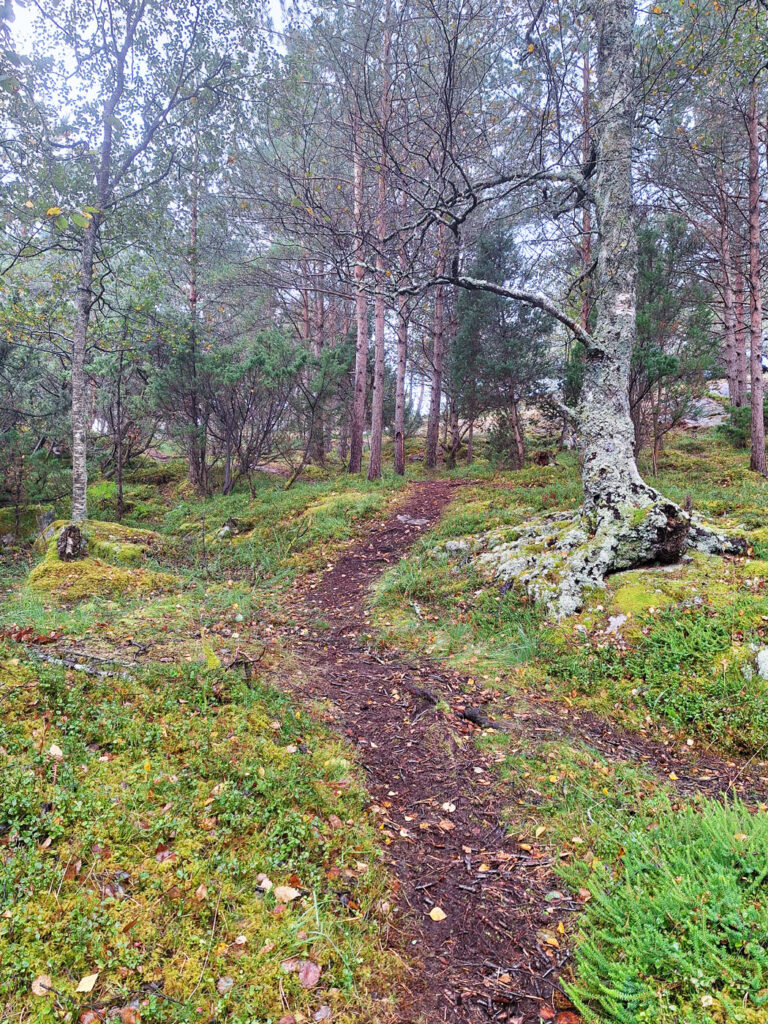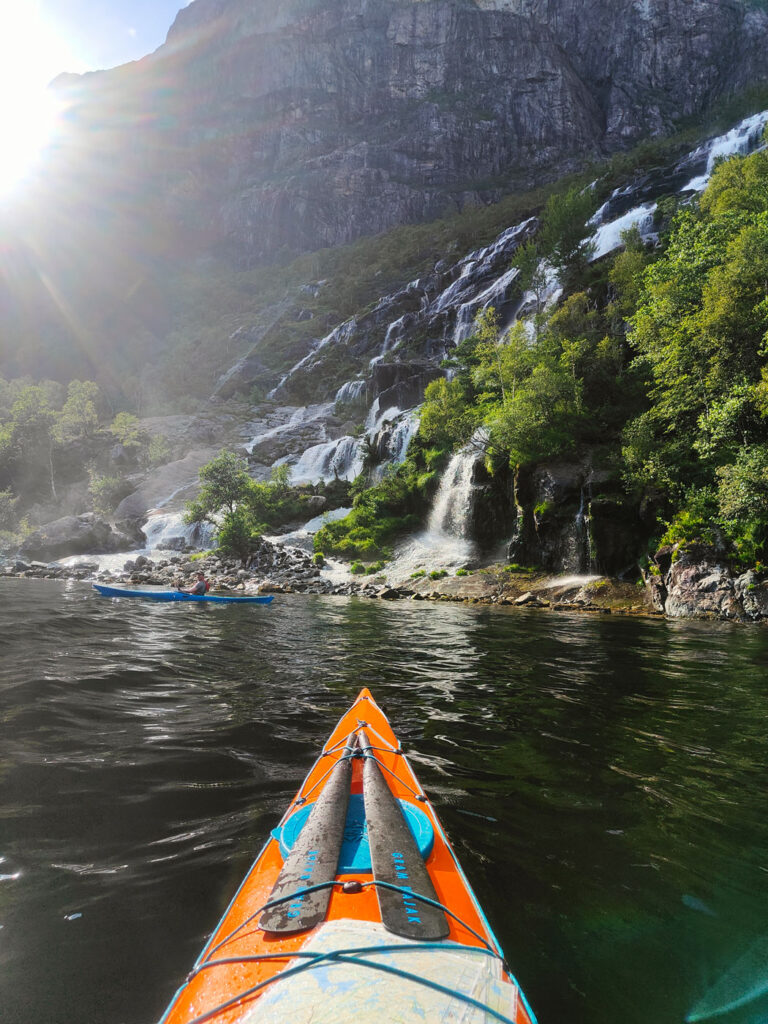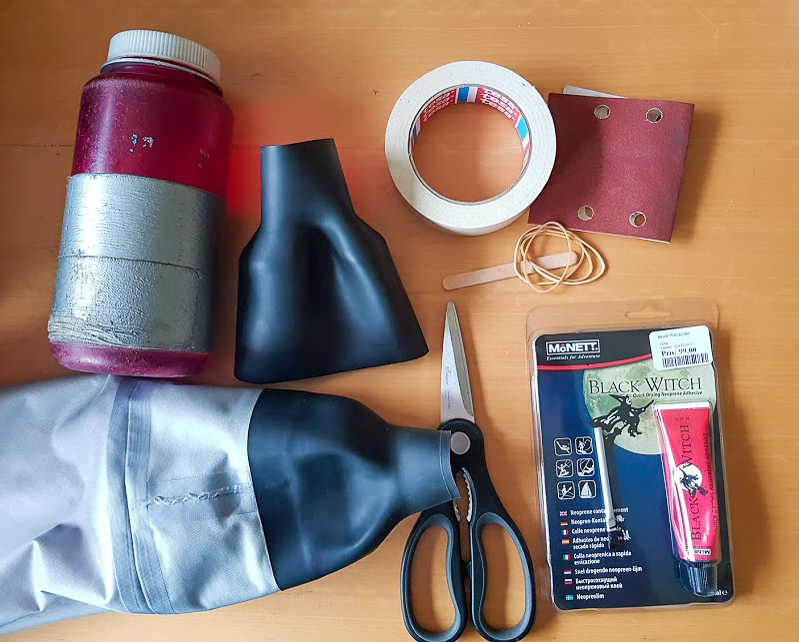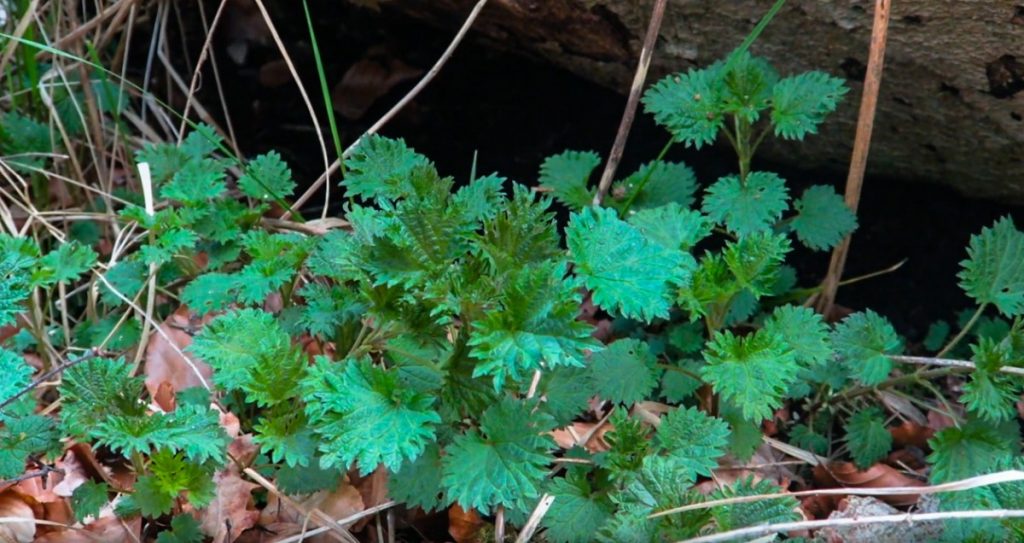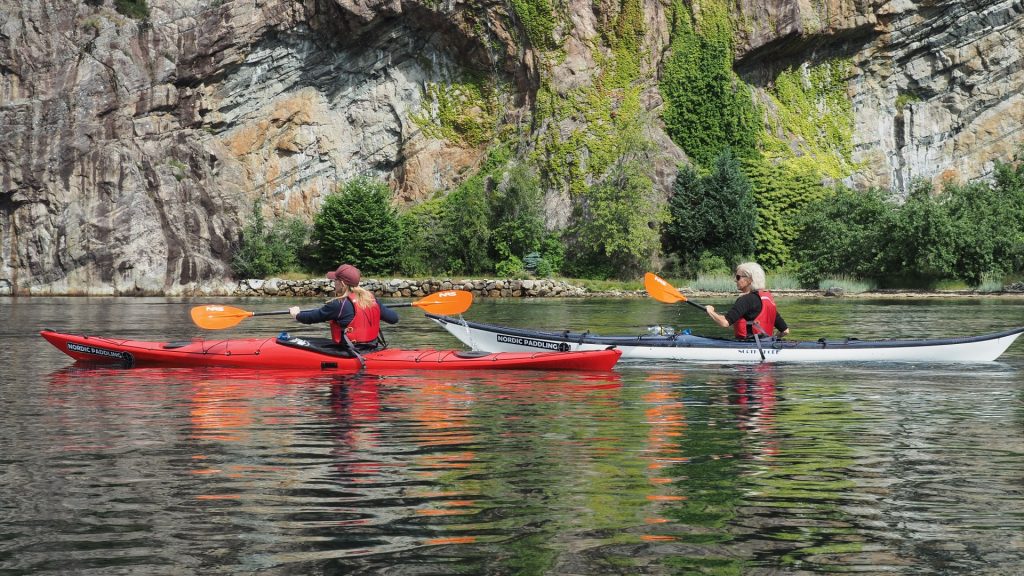When hiking in Norway you come in contact with the friluftsloven
But what are your rights when roaming around in Norwegian nature?
The core principle is:
With the freedom to enjoy nature comes a responsibility to protect it.
What's the right to roam?
This is can be also called “freedom with responsibility”. The law recognizes that access to nature is crucial for public health and well-being. It is meant to ensure that everyone, from locals to tourists, has the opportunity to experience nature for recreational purposes.
The key to understanding the law is the distinction between uncultivated land (utmark) and cultivated land (innmark).
- Uncultivated Land (utmark): This includes most forests, mountains, moors, bogs, and coastal areas. The vast majority of Norway falls under this category. This is where the right to roam fully applies.
- Cultivated Land (innmark): This refers to private property that is in active use, such as farmyards, gardens, fenced-in fields, and land immediately surrounding houses and cabins. This land is off-limits.
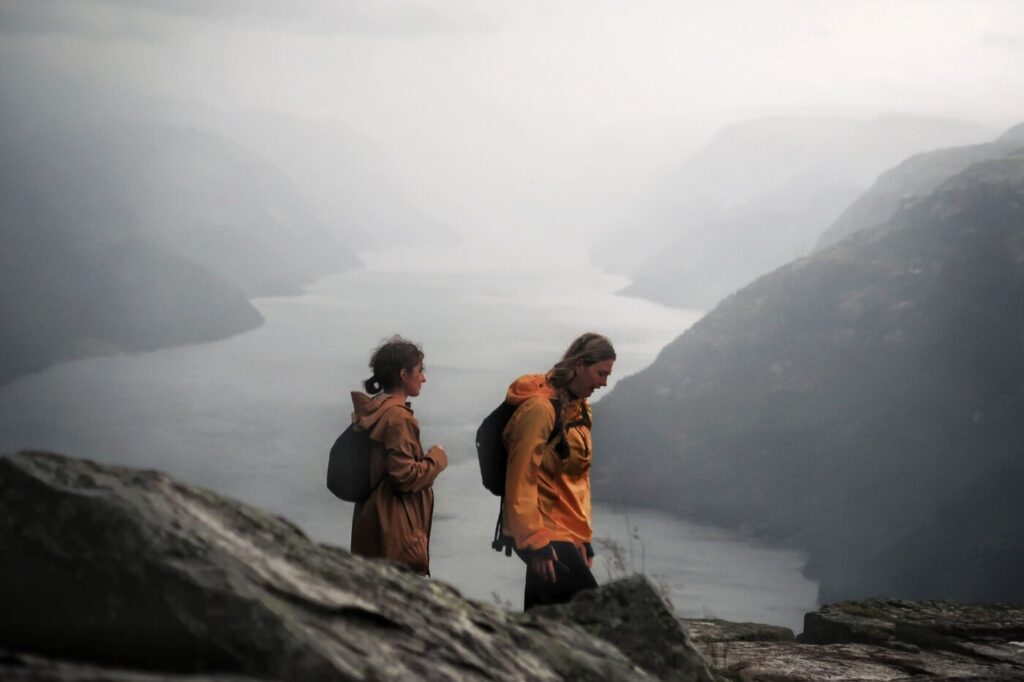
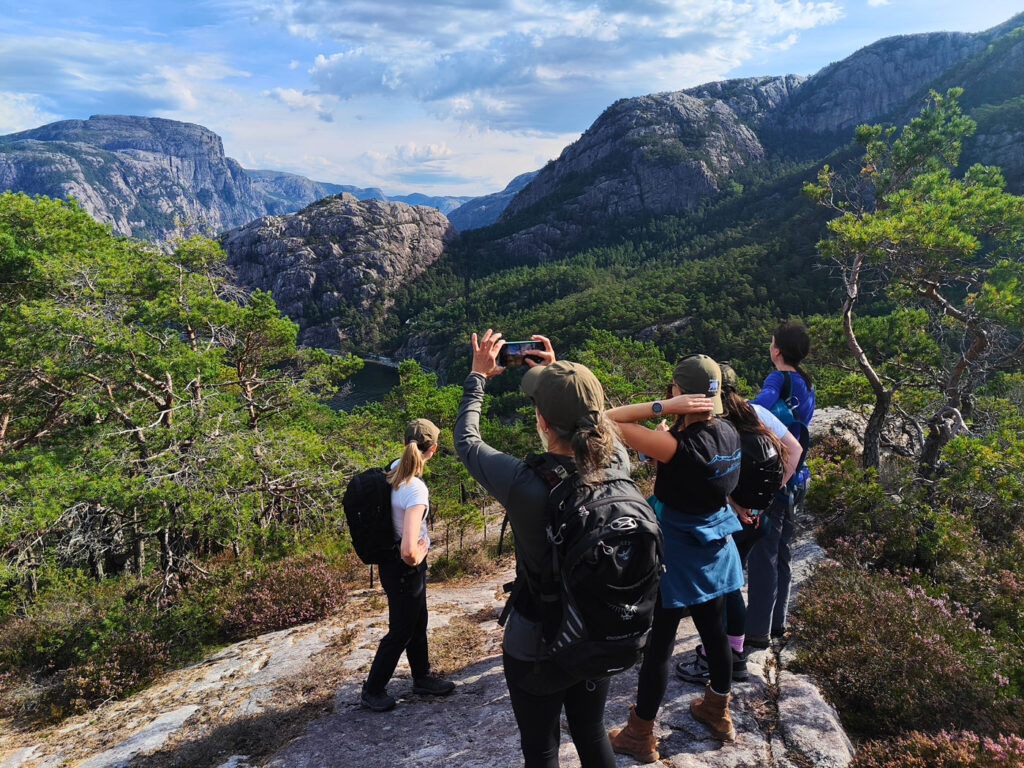
The main points of the right to roam
What you are allowed to:
Access on Foot: You can walk, ski, or hike freely on uncultivated land year-round. This includes marked trails, off-road areas, and even frozen, snow-covered cultivated land between October 15 and April 30.
Boating and Swimming: The law guarantees the right to swim, kayak, row, and sail in the sea, lakes, and rivers.
Explore freely: Hike in the summer and ski in the winter across undeveloped land. You can also bike and use other trails all year round.
The “Leave No Trace” Ethic: This is the most crucial part of the responsibility. You must leave the area as you found it. This includes taking all trash with you, not damaging live plants, not disturbing wildlife or grazing animals, and closing all gates behind you.
Forage food & fishing: Pick wild berries, mushrooms, and flowers. Children under 16 can fish for free in freshwater. You can fish for free in the fjords and ocean(saltwater areas).
Camping: Camp for up to two nights in one location. You can camp for up to two nights in the same spot on uncultivated land, as long as your tent or van is at least 150 meters away from any inhabited house or cabin. In remote mountain areas, you can stay longer without permission.
Campfire: In the winter season (15.September to 15.April), you can build a fire. Just be sure to do so responsibly
What you should not do:
- Don’t break branches or harm any living plants or trees. Respect nature.
- Avoid walking on tilled fields, gardens, or farmyards or backyards.Stay off private land.
- Do not camp on private land or within sight of private houses.
- No fire in the summer. Having a fire in wooded areas is not allowed during the summer (April 15 to September 15).
- Never disturb animals, sheep, cows or also wild birds, or their nests. This includes not taking eggs from nests. Have your dog on the leash.
- Do not leave your trash in nature.
Leave no trace: leave nature as you found it (or even better)!
The main points of "Leave no trace"
Plan Ahead: This is the most important step to minimize your impact. Check out the specific area you’ll be in, including local regulations, weather forecasts, and fire restrictions.
Pack all the necessary gear: Take equipment, food, water and repackage food into reusable containers to minimize waste. The weather in Norway can change quickly, prepare for rain, wind, or cold, even in the summer.
Take all trash: This includes every piece of litter, even food scraps (like apple cores or orange peels, which can take years to biodegrade and attract wildlife). Always pack a small bag for your garbage with you.
Know how to handle human waste: If a toilet is not available, dig a small hole and at least 200 feet from any water sources, campsites, or trails. After use, cover the hole with the original soil and disguise it.
Wastewater: For dishes or personal hygiene, carry water at least 50 meters away from natural water sources and only use a small amount of biodegradable soap if necessary.
Stick to the trail: When hiking, stay on existing paths. Going off-trail, especially in wet or muddy conditions you can trample fragile vegetation and create unwanted trails. For camping look for a durable surface like rock, sand, gravel, or existing cleared areas
Don’t alter the area: Avoid building structures like rock cairns, shelters, or fire rings.
Minimize campfire impacts: Use a lightweight camp stove, it is a much safer and more efficient way to cook than a campfire. Also check for fire bans and only build a fire where it is permitted. Ensure the fire is completely done and cold to the touch before leaving.
Respect Wildlife: Do not follow, approach, or feed wildlife. Store your food in a bag or container away from your tent to avoid attracting animals.
Be Considerate: Keep noise levels down. The sounds of nature are part of the experience for everyone. Allow other hikers to pass especially those going uphill.
